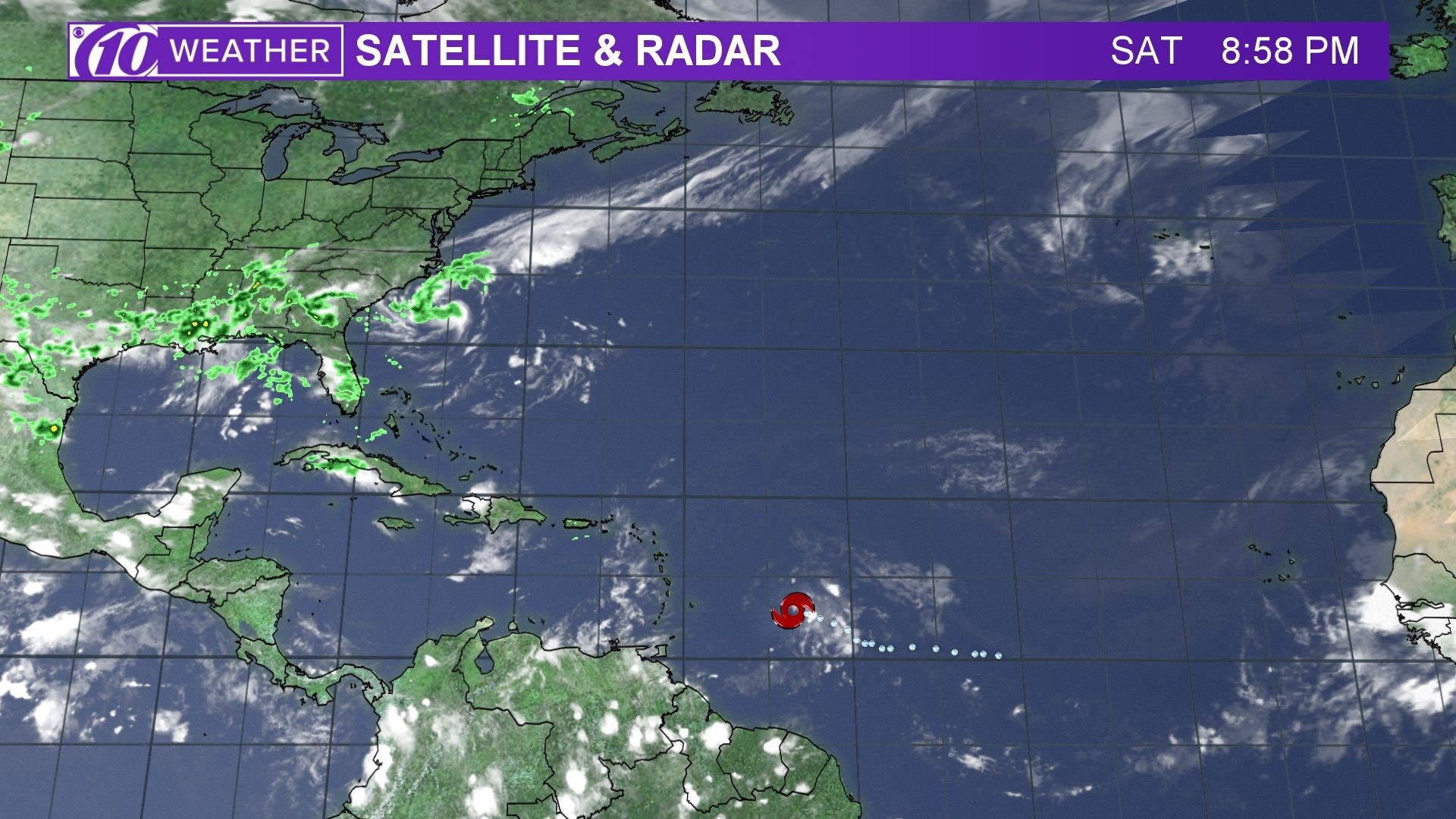Hurricane Beryl Spaghetti Models Overview
Hurricane beryl spaghetti models – Spaghetti models are a type of hurricane forecast model that use a large number of computer simulations to predict the path of a hurricane. Each simulation is like a strand of spaghetti, and the collection of simulations looks like a plate of spaghetti. Spaghetti models are used to predict the range of possible paths that a hurricane may take, and they can be helpful for emergency planners and residents who need to make decisions about evacuation or other preparations.
Hurricane Beryl spaghetti models can provide valuable insights into the potential path of the storm. These models, which are also known as spaghetti models beryl , use a variety of data to simulate the storm’s movement and intensity. By examining the spaghetti models, meteorologists can get a better understanding of the possible scenarios and make more informed predictions about Hurricane Beryl’s path.
There are different types of spaghetti models, each with its own strengths and weaknesses. Some models use a finer grid, which means that they can provide more detailed information about the hurricane’s path. However, these models can also be more computationally expensive and take longer to run. Other models use a coarser grid, which means that they can provide less detailed information about the hurricane’s path, but they are also faster to run.
Some of the most popular spaghetti models used for Hurricane Beryl include the GFS, the ECMWF, and the HWRF. The GFS is a global model that is run by the National Weather Service. The ECMWF is a European model that is run by the European Centre for Medium-Range Weather Forecasts. The HWRF is a regional model that is run by the National Hurricane Center.
Interpreting Spaghetti Models for Hurricane Beryl

Spaghetti models are an ensemble of computer simulations that predict the potential path and intensity of a hurricane. They are generated by running a hurricane model multiple times with slightly different initial conditions. The resulting ensemble of simulations provides a range of possible outcomes, which can be used to assess the uncertainty in the forecast.
Factors to Consider When Analyzing Spaghetti Models
When analyzing spaghetti models, it is important to consider the following factors:
- Model consistency: The consistency of the models is a measure of how well the models agree with each other. A high level of consistency indicates that the models are in good agreement and that the forecast is more reliable.
- Model spread: The spread of the models is a measure of how much the models disagree with each other. A large spread indicates that there is a lot of uncertainty in the forecast.
Tips on Identifying Trends and Patterns in Spaghetti Models, Hurricane beryl spaghetti models
To identify trends and patterns in spaghetti models, it is helpful to:
- Look for clusters of models: Clusters of models that are close together indicate areas where the models are in good agreement. These areas are more likely to be impacted by the hurricane.
- Identify outliers: Outliers are models that are far from the main cluster of models. These models may represent possible scenarios that are not as likely to occur, but they should still be considered.
- Track the movement of the models over time: The movement of the models over time can provide insights into the direction and speed of the hurricane. Models that are moving in a consistent direction are more likely to be accurate.
Using Spaghetti Models in Hurricane Preparedness: Hurricane Beryl Spaghetti Models

Spaghetti models are a valuable tool for hurricane preparedness, providing insights into the potential path and intensity of a storm. By considering multiple models and evaluating their consensus, decision-makers can make informed choices about evacuation plans, resource allocation, and other critical actions.
One key aspect of using spaghetti models is understanding their limitations. These models are not perfect predictors, and their accuracy can vary depending on factors such as the distance from the storm, the availability of data, and the complexity of the storm’s track.
Considering Multiple Models and Evaluating Consensus
To enhance the reliability of hurricane preparedness decisions, it is crucial to consider multiple spaghetti models and evaluate their consensus. By comparing the outputs of different models, decision-makers can identify areas of agreement and disagreement, and make more informed judgments about the most likely path and intensity of the storm.
For example, if several spaghetti models predict a hurricane making landfall in a particular area, while a few models predict a different track, decision-makers may assign a higher probability to the landfall scenario and take appropriate precautions.
Real-World Examples of Spaghetti Model Usage
Spaghetti models have been used in numerous real-world hurricane preparedness efforts, helping decision-makers make informed choices that have saved lives and property.
During Hurricane Sandy in 2012, spaghetti models were used to predict the storm’s potential path and intensity. This information allowed emergency managers to issue timely evacuation orders and allocate resources effectively, resulting in a reduced number of casualties and less property damage.
Similarly, in 2017, spaghetti models were used to track Hurricane Harvey’s path and predict its potential impact on Texas. This information helped decision-makers prepare for the storm’s arrival, including evacuating residents from low-lying areas and mobilizing emergency response teams.
Hurricane Beryl spaghetti models are indicating a potential landfall along the Gulf Coast. For the latest updates on the storm’s track and intensity, visit nhc beryl. The models show a wide range of possible paths, so it’s important to stay informed and prepared for any potential impacts.